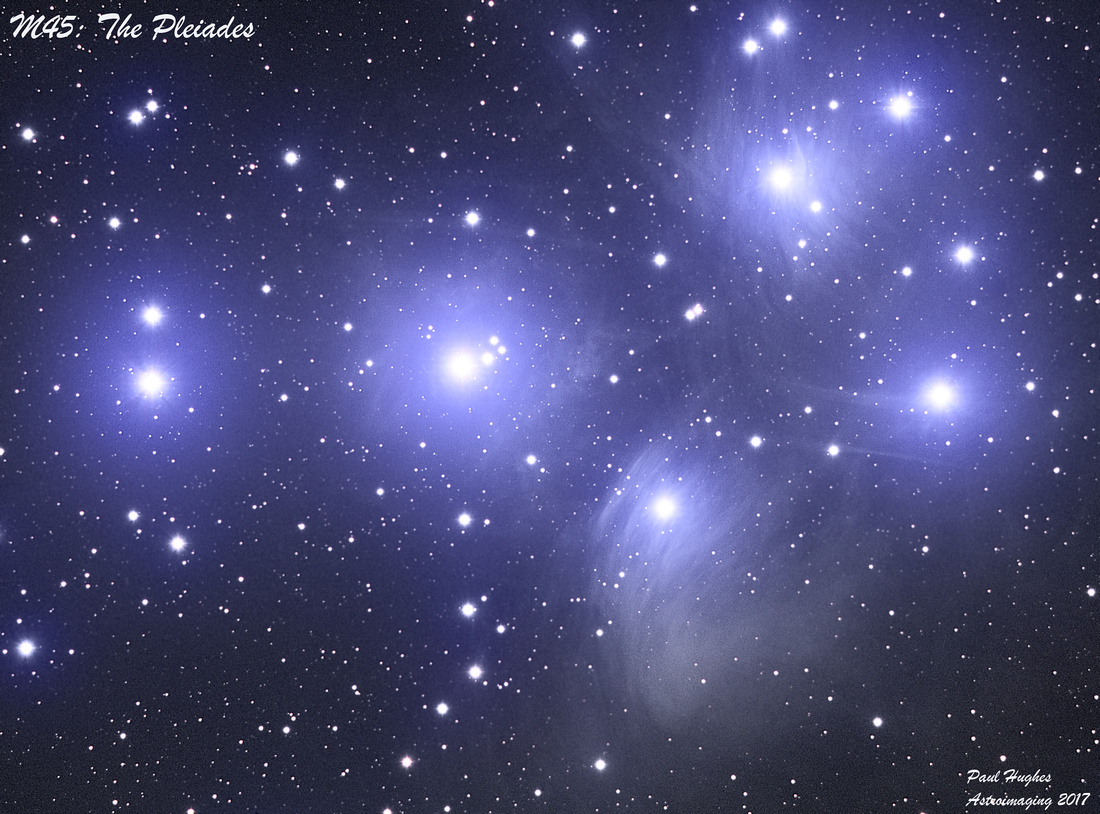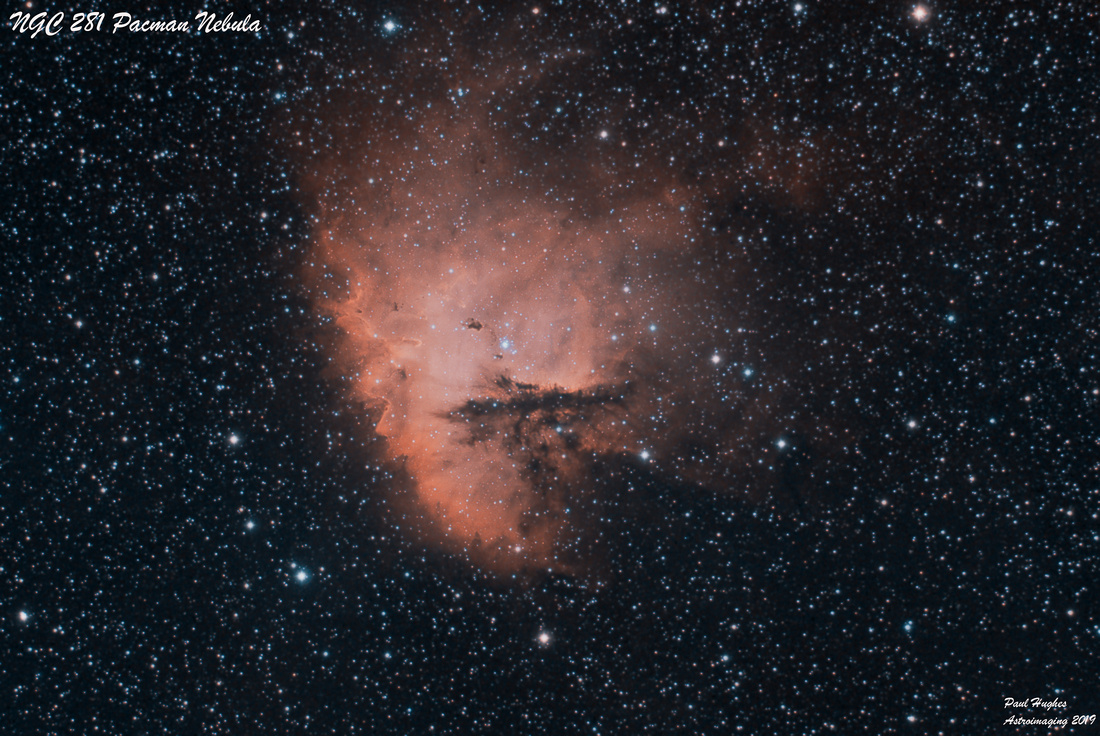CCD imaging activity as it happens
M31 Reprocess with hydrogen alpha
I always felt my original M31 from 2016 was over-processed. I decided to give it another go and incorporate some hydrogen alpha data to bring out the nebulosity and star-forming regions in the spiral arms. I've therefore added a further 3 hours of data captured earlier this week over two nights. The final image total exposure was 17 hours
Cornish Weather doing its thing
Been a while since the last post but hopefully November onwards will bring some better opportunities for astroimaging. Last week I captured 4.75 hours of OIII data for NGC 281. This was over 3 nights as the weather was a little unpredictable. Two evenings, the ST-8300 CCD was running at -25 degrees and the other evening -22 degrees. Fortunately I had captured sufficient dark, bias and flat frames to calibrate the light frames.
The EM-200 was tracking and autoguiding well, with RMS down to 0.5 arc seconds. Occasionally the guiding would deteriorate but it soon settled and I didn't have to drop any 15 minute subframes. The FG-Temma 2Z model is a great upgrade over my original USD3 mount allowing for ASCOM pulse guiding and an accurate GOTO system using the Sky X software.
The TS-Optics tube rings and dovetail fixing configuration appears much more stable than the Takahashi tube clamp. The FS-102 is quite a long tube length and I found I was experiencing flexure problems.
Looking at the OIII subframes, I think my focus could have been a little tighter, but CCDSoft @Focus seems to make a good job of things.
The latest bicolour image of NGC 281 appears more natural and less aggressive than the Ha:RGB image from 2016. My aim is to capture S-II data to generate a Hubble Palette image of this fantastic deep sky object. That is, if the clouds go away!
01/01/17: Image Processing Update
Finally processed my image of M45 The Pleiades -LRGB 90:120:120:120, total exposure time 7.5 hours. This was really difficult to process. There were a number of light pollution gradients and internal reflections to contend with. I was trying to achieve an image that doesn't look over processed or too blue!
After several attempts I finalised the new image. I would have liked more star colour but that will be one of the next steps on the LRGB learning curve.



